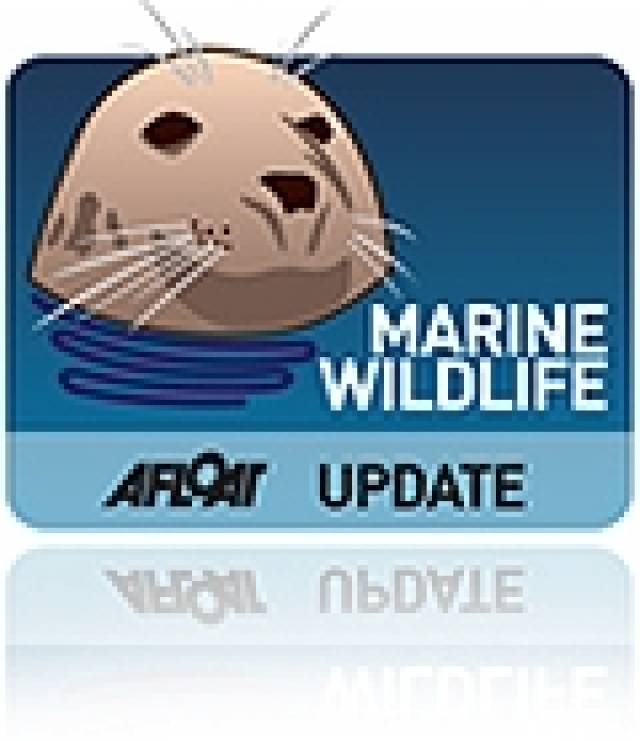#algalbloom – After impacting on the marine wildlife along the north west coast for the past month, the algal bloom of Karenia mikimotoi has finally began to subside. The bloom severely affected areas of the North West from Mayo to Donegal and in certain areas down along the rest of the West coast. It impacted on coastal marine life in these areas and resulted in considerable mortalities of fish, shellfish and other coastal invertebrates. The most recent satellite imagery and seawater samples analysed by the Marine Institute show a significant decrease in the concentration compared to recent weeks.
Mr Joe Silke of the Marine Institute stated, "These blooms are part of the natural summer marine flora, and occasionally they form these exceptionally high blooms. Karenia mikimotoi is a common species in all European waters and dense bloom have been detected many times in the past. This recent bloom is similar in impact and duration to one which we experienced in 2005, and is most likely due to a combination of environmental conditions and ocean currents providing optimal conditions on the continental shelf. The accumulation of the bloom against the coastline with tidal and coastal currents causes very dense concentrations to occur. Mortalities in marine organisms particularly those living on or near the bottom are due to the algae affecting their respiratory systems and this is compounded by low oxygen in the water, particularly as the bloom is decaying."
While the bloom of this species is not known to harm humans directly, dead marine life was washed up on the shoreline, even requiring Local Authorities to temporarily close two beaches in Donegal. Discoloured reddish - brown water were observed along large expanses of the coast line. In several areas, oyster farms reported losses between 20 to 80% in some sites and farms stocking juvenile oysters also reported significant mortalities with many deciding to defer putting out new stock until the bloom passes. Other areas affected included Galway Bay, and while no mortalities were reported in this region, a shellfish hatchery in the area reported difficulty in settlement of their shellfish larvae. Local sea anglers have reported low fish catches along west and northern coasts and in some areas a complete absence of any fish. This is mainly due to fish avoiding the bloom when they can. Lobster and Prawn fishermen have also reported very poor catches in the Donegal area.
Indications from satellite and modelled data last week showed the bloom was moving back out to sea, and the latest cell counts of samples analysed in the Marine Institute today show that the bloom is has reduced significantly in the west Donegal and Sligo regions as it was last week, but it is still present Galway Bay. The Marine Institute's monitoring programme will continue to sample and monitor the bloom and post updates on our website at marine.ie and on local radio.































































